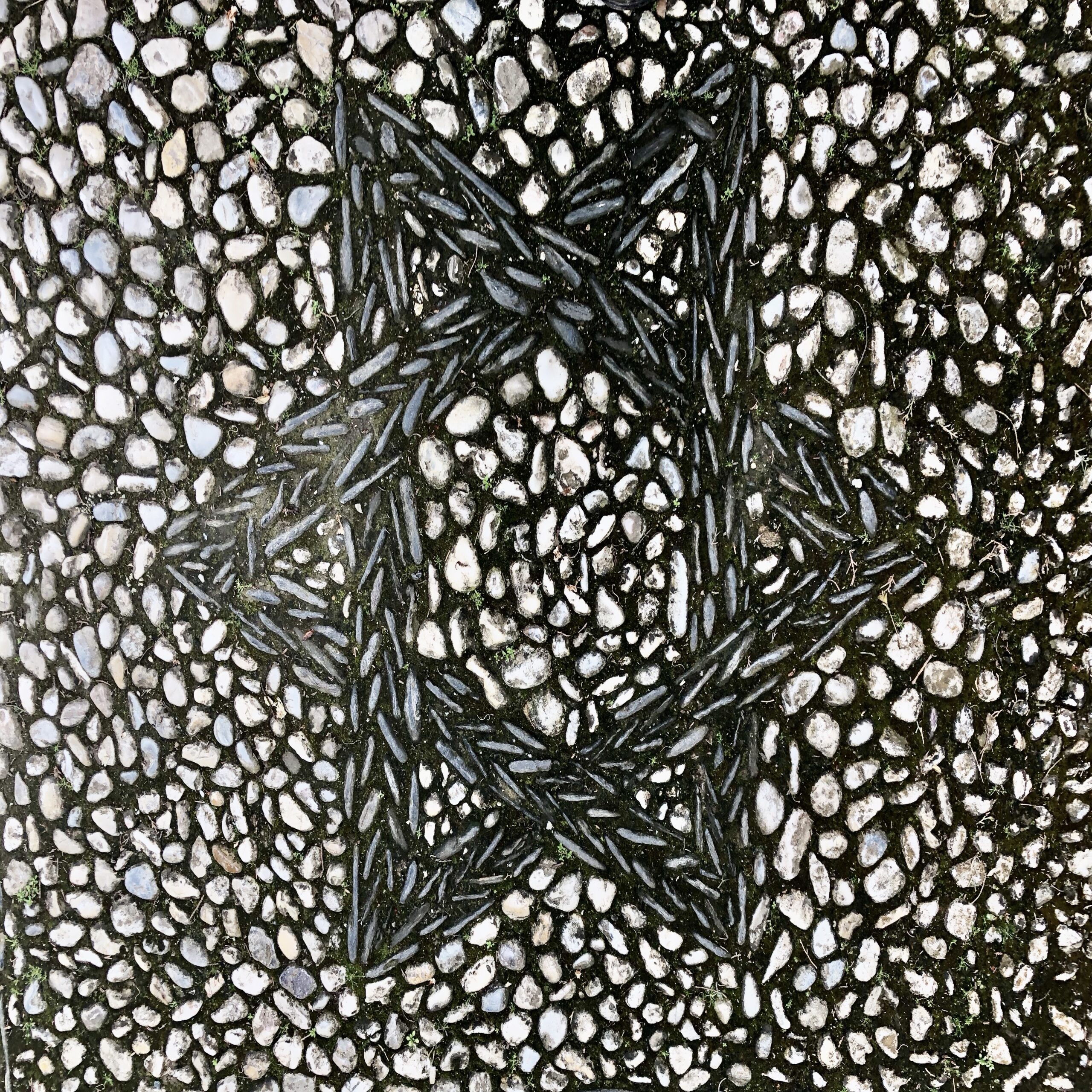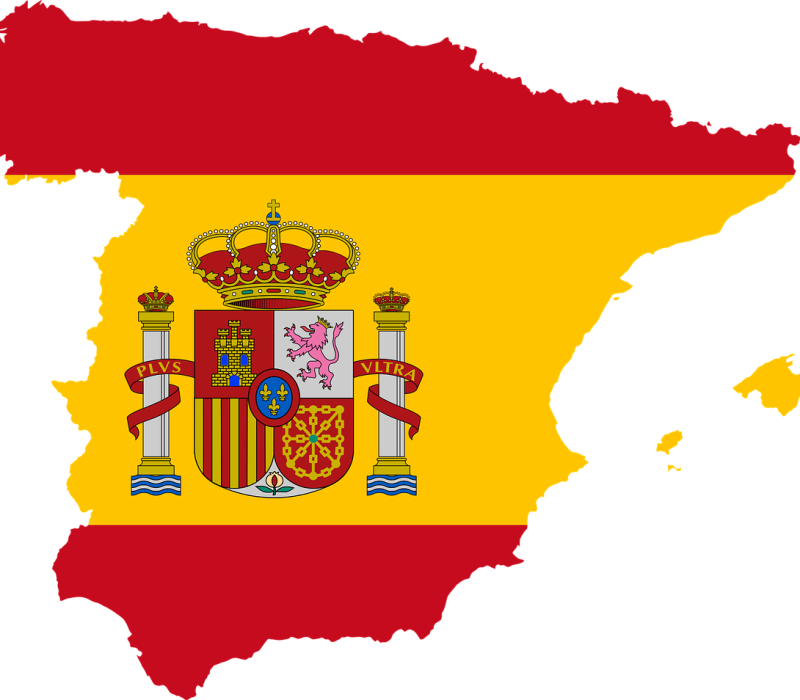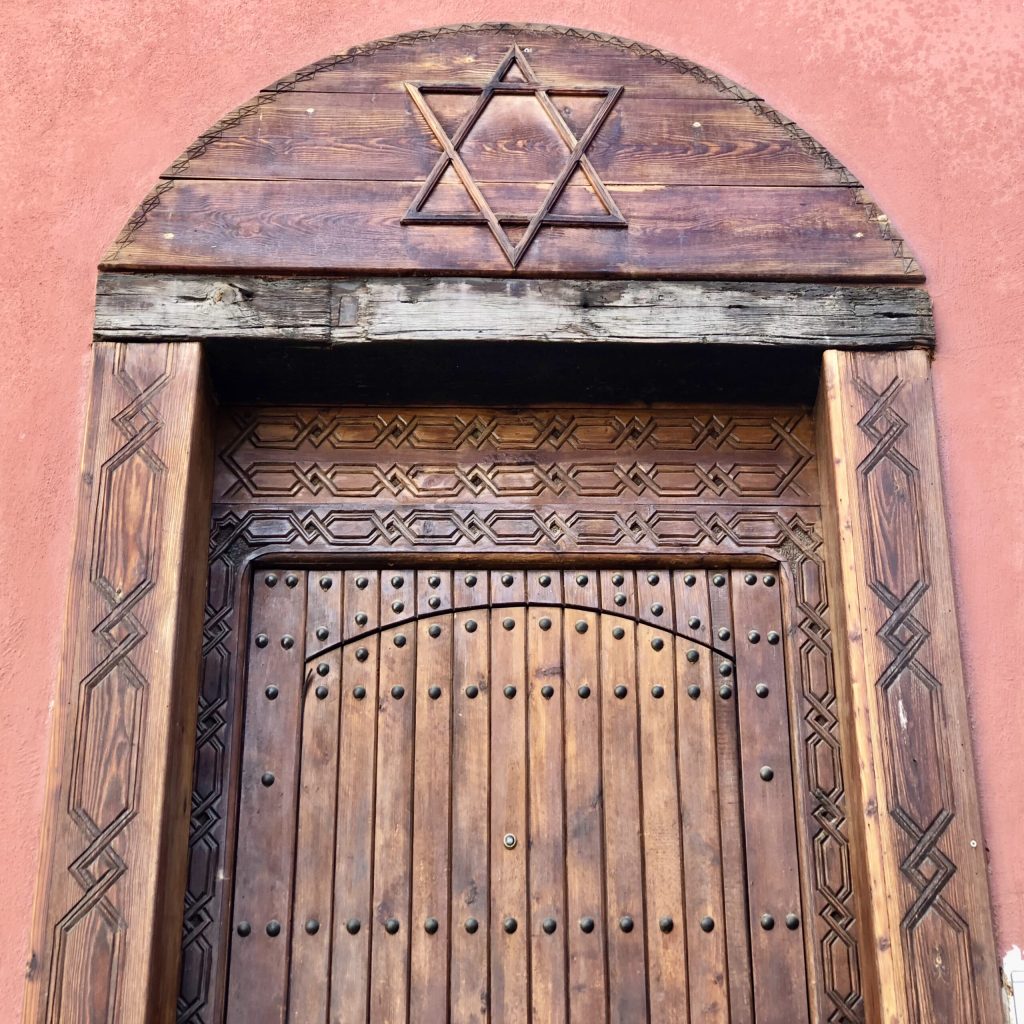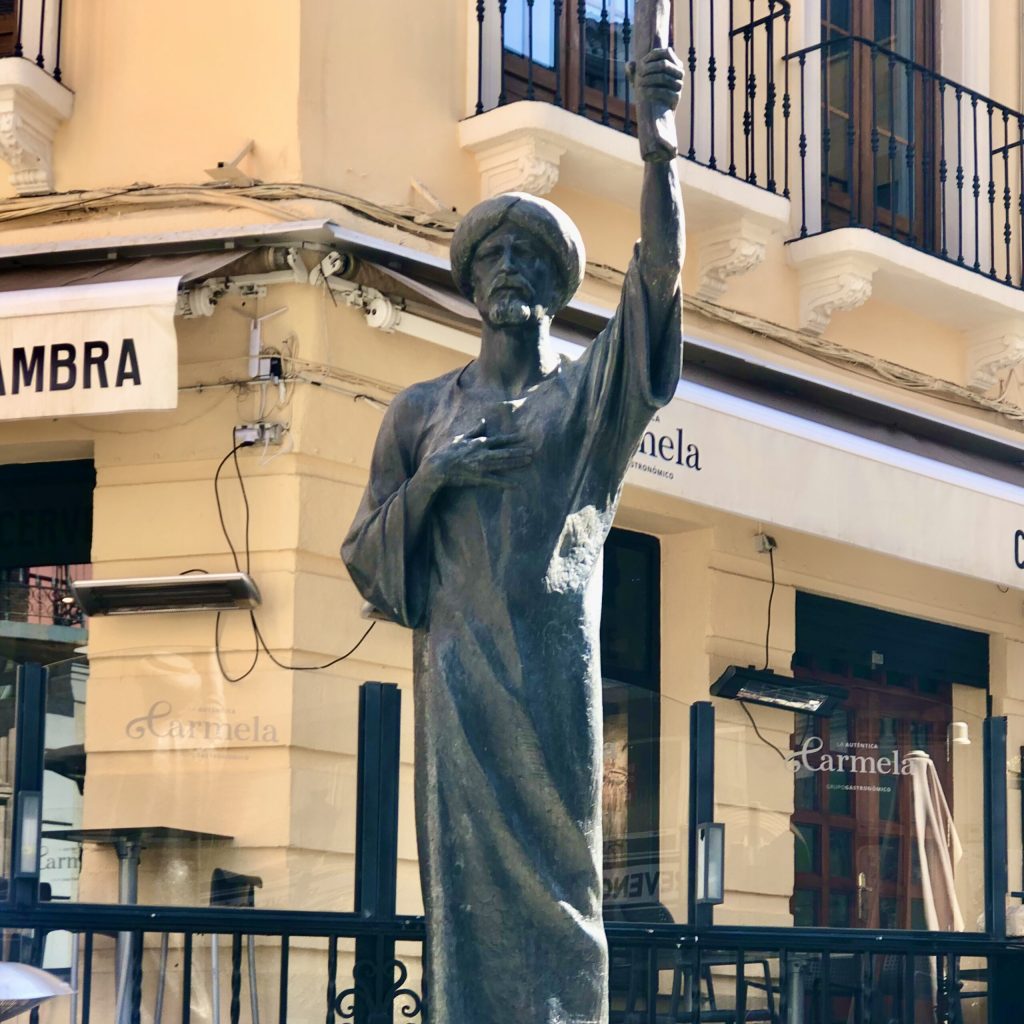
31 Aug Discover the Sephardic Jews legacy in Granada
Sephardic Jews in Granada – Roots and Legacy
According to some sources, it is possible to establish stable Jewish community settlements in the Iberian Peninsula since the 1st century BC.
It is unknown exactly where they settled, but we do know that they were looking for a land called Sefarad which, according to their Scriptures, was located here. For this reason, Iberian Peninsula became known as Sefarad.
The word Sefarad is translated to Spanish means Iberian Peninsula, today “España”.

All Jews who left Spain during the expulsion of 1492 are known as Sephardic.
Where did Sephardic Jews come from, originally?
The Jews arrived on the Iberian Peninsula with the Phoenicians in 800 B.C.
Other historians agree that it was at a later date, 586 B.C. when the temple at Jerusalem was first destroyed by Babylonian emperor Nebuchadnezzar II. This promoted a great migration of Jews from Jerusalem to Sefarad.
However, it was not until 70 A.D. when a considerable migration of Jews, more than 80,000 families, arrived at the Iberian Peninsula.
This enormous exodus was due to a second destruction of the temple in Jerusalem by Roman general Titus. Thus, began a period of relatively peaceful coexistence with the Romans in the Peninsula.
The Jews concentrated in neighborhoods around their synagogues. Romans allowed them to maintain the own rules and laws.
In time, the Romans began to adopt Christianity. Due to the similarities between Christianity and Judaism, the lines between both religions began to blur.
The Catholic Church held a council in the fourth century in the city of Elvira, also known as the ancient Roman city of Iliberis. Its purpose was to set strict limits and standards between Christians and Jews, prohibiting interfaith marriages, as well as sharing a table and/or trading with Jews, among other things.

Garnata al-Yahud is born
A large number of Jews left the city of Iliberis to avoid conflict with the Romans. They founded the “Garnatha al-Yahud”, the Granada of the Jews, along the Darro River.
This area included the Realejo neighborhood and the lower part of the Albaicín quarter. Though Roman rules had become stricter, the Jews would not suffer persecution from them.
More serious problems arose with the arrival of the Visigoths in 480.
In the sixth century, a famous Visigoth king, Recadero, adopted the Catholic religion with a great deal of fanaticism. From this moment on, conversions to Christianity were enforced, as well as the persecution of those who refused to convert.
This gave way to the first pogroms, which continued along with the persecutions until the Arabs began to invade the Peninsula from the South in 711.
This invasion began a chain reaction: the Arabs would attack the Visigoths, who in turn would oppress the Jews. These began to see the Arabs as their liberators and defenders from the Visigoths.
In gratitude, the Sephardic Jews supported the Arabs by guiding them through the territory, providing them with horses and food, and even helping them open the gates to cities, including the most important one: Toledo.
In only 15 years, the Arabs had invaded and conquered practically the entire Peninsula, thanks in part to the Jews.
The Sephardic Splendor
Sephardic Jews enjoyed a good relationship with the Arabs during their age of splendor in Al-Andalus or Andalusia.
The IX century marked the “golden age” of Cordoba, as the XI century did for Granada.
At the beginning of the XI century, important Jewish names would emerge: magnificent chemists, poets, scientists, philosophers, and others that would become the intellectual elite and occupy very important positions in the government of that period.
The best known was Samuel Ibn Nagrella, who became prime minister of King Badis in the Zirid era in Granada.
Another important Jew was Judah ben Saul ibn Tibbon. He was a philosopher, doctor and translator. Ibn Tibbon born in Granada and considerate at the translators’ patron saint.

Expulsion of the Sephardic Jews
This entire period of splendor took a radical turn when in 1492 the Catholic Monarchs conquered Granada.
Three months later, on March 31st, the famous Expulsion Edict was written by the Holy Inquisition and signed by the Catholic Monarchs.
Sephardic Jews were given four months (until August 2, 1492) to choose between leaving Spanish territory or remaining and converting to Christianity.
Those who chose to leave could not take any money, jewels, or any other valuables. They were only allowed to take clothes and documents. They had to sell everything and buy bills of exchange with bankers in other countries.
However, mysteriously the contract terms changed when they arrived in Italy, for example, driving them to poverty.
Other Sephardic Jews tried a different strategy: leaving one or several family members in Granada, who would become “conversos” (converted to Christianity). They were to take care of all the properties: They believe that the expulsion would be temporary, and that after a few years, they would be able to return.
None of the options was effective.
Sephardic Jewish homecoming
The Sephardic Jews could not return until the expulsion edict was formally repealed on December 21, 1969 under the government of General Francisco Franco.
On July 24, 2015, Law 12/2015 was passed which amends the Civil Code to officially grant Spanish nationality to the Jewish descendants expelled from the Iberian Peninsula.
Today Sefarad for the Sephardic Jews is the territory of memory. Sefarad is where Ladino is spoken -a mixture of medieval Spanish with the local language-, where rituals, memories, songs and songs are kept…….
The history of the Sephardic Jews in Granada is fascinating! It is possible to visit their roots in the city, in the ancient Garnata al-Yahud.
if you want to discover more about history, make a personalized tour and discover the secrets of Granada, contact me.



Sorry, the comment form is closed at this time.